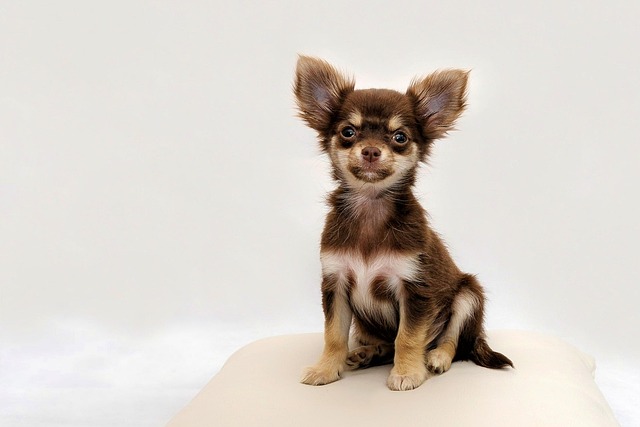
How do i train my dog to be obedient?
Watching your dog dart across the park ignoring your calls isn’t just frustrating—it can put them at risk near busy streets or public spaces.
Chihuahuas may be tiny, but their personalities are anything but—think feisty, smart, and sometimes stubborn. That’s why “discipline” here isn’t about scolding or dominance; it’s about guiding their behavior so they thrive. Many new owners make the mistake of treating them like tiny humans or assuming their size means less training. Spoiler: A well-behaved Chihuahua needs just as much structure as a larger breed, maybe more—those big personalities need clear boundaries.
Let’s start with the science: Chihuahuas, like all dogs, respond best to positive reinforcement. This means rewarding good behavior instead of punishing the bad. Behaviorists call this operant conditioning—actions that get rewards (treats, praise, play) get repeated. For example, if your Chihuahua sits calmly when guests arrive instead of nipping, a tiny piece of cheese and excited “good job!” will teach them that calm = good things. Yelling when they jump? They might just think you’re joining the excitement.
 Consistency is your secret weapon. These little dogs thrive on routine, so everyone in the house needs to use the same cues. If “off” means get off the couch, don’t let them sneak up when you’re watching TV—confusion leads to frustration. Keep commands short: “sit,” “quiet,” “come.” Chihuahuas have short attention spans, so training sessions should be 5-10 minutes, a few times a day. End on a high note with a victory—even a small one builds their confidence.
Consistency is your secret weapon. These little dogs thrive on routine, so everyone in the house needs to use the same cues. If “off” means get off the couch, don’t let them sneak up when you’re watching TV—confusion leads to frustration. Keep commands short: “sit,” “quiet,” “come.” Chihuahuas have short attention spans, so training sessions should be 5-10 minutes, a few times a day. End on a high note with a victory—even a small one builds their confidence.
In many places, including most U.S. states, animal welfare laws emphasize kindness; physical punishment isn’t just ineffective, it’s often against local guidelines. Plus, Chihuahuas are sensitive—fear can make them defensive, leading to more barking or nipping. Instead, redirect bad behavior. If they’re chewing your shoes, swap the shoe for a chew toy and praise them when they take it. This teaches them what’s okay, not just what’s not.
Apartment living adds another layer. Chihuahuas love to bark—at squirrels, the neighbor’s door, even their own shadow. This isn’t “bad” behavior, just their way of communicating. To help, set up a “quiet zone” with their bed and toys. When they bark, say “quiet” firmly, then wait. The second they stop, reward them. Over time, they’ll learn that silence gets attention, not noise. And remember: Regular walks burn energy, reducing hyperactivity.
Don’t forget the basics of responsible pet ownership, which tie into good behavior. Keep their vaccines up to date—healthy dogs are happier and easier to train. Always clean up after them on walks; it’s not just polite, it’s the law in most communities. Leash laws apply too, even to small dogs—safety first, and it helps with impulse control training.
At the end of the day, disciplining a Chihuahua is about building trust. They want to please, but they need clarity. With patience, positive rewards, and consistency, you’ll turn those tiny tantrums into tail wags. After all, a well-disciplined Chihuahua isn’t just a good pet—they’re a joyful part of the family.

Watching your dog dart across the park ignoring your calls isn’t just frustrating—it can put them at risk near busy streets or public spaces.

New puppy owners often find themselves rushing to clean up accidents before they set in, and that’s where puppy pad training becomes a game-changer.

If you've noticed your dog's waistline disappearing and your veterinarian has mentioned those few extra pounds, your first instinct might be to simply reduce the amount of food in their bowl.

Training a dog to use a designated spot indoors isn’t as daunting as many new owners fear, but it does take consistency and an understanding of your pet’s needs.

That moment of dread on a walk is all too familiar for many new dog owners. You see another dog approaching down the sidewalk of your neighborhood

If the sight of another dog on your neighborhood walk makes your heart sink as your own dog erupts into a frenzy of barking and lunging, you're not alone.